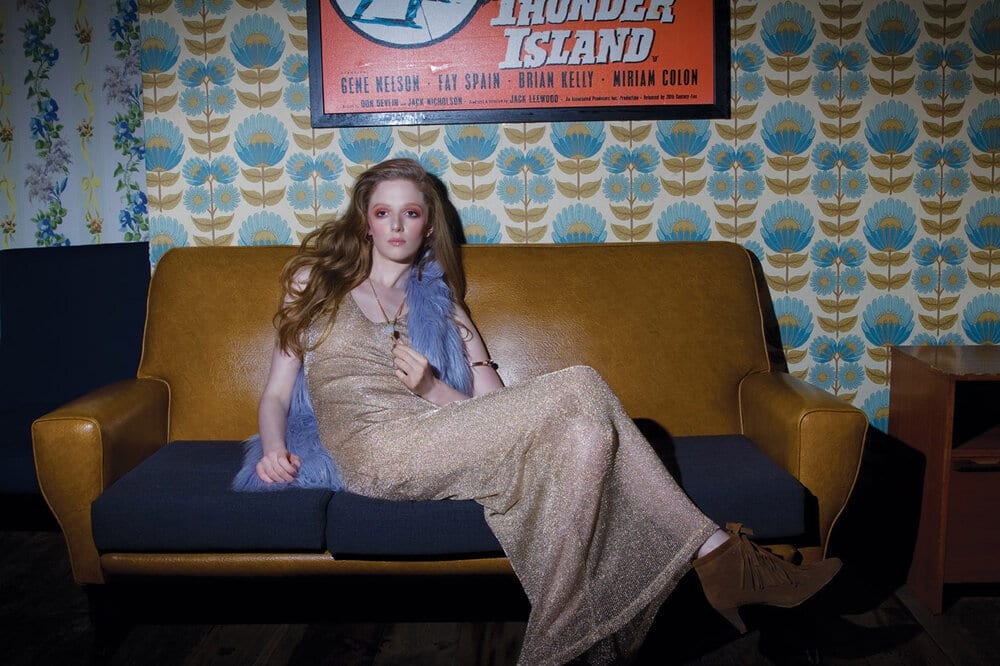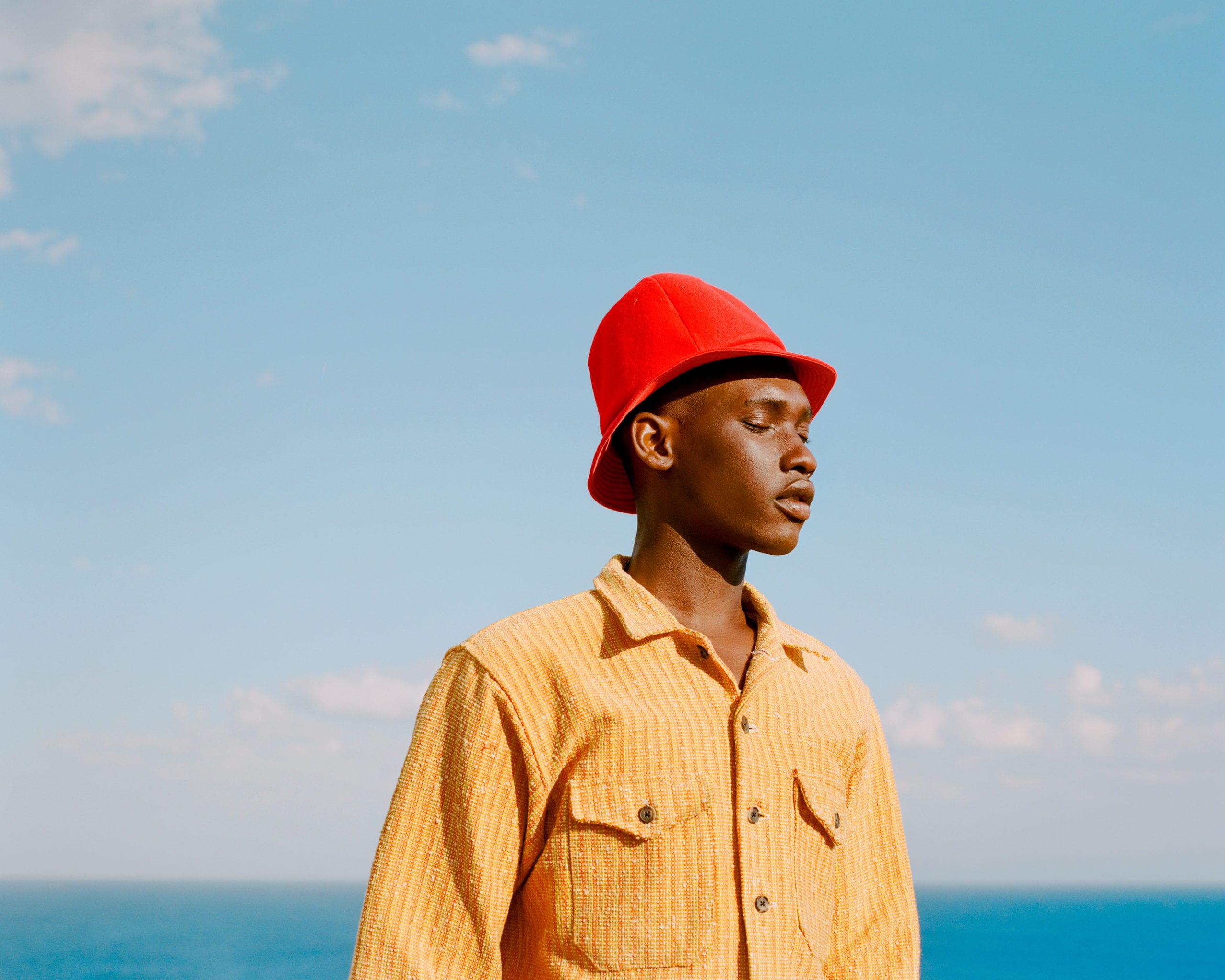Image Credit: © Jacq Harriet.
As we approach one year since Covid-19 was declared a global pandemic, four commercial photographers reflect on the lessons they’ve learned, and how to continue growing professionally when work is sparse
With March 2021 less than three weeks away, the world is approaching one year since the World Health Organization declared the Covid-19 outbreak a global pandemic. Entire countries, cities, and industries across the globe began to shut down, and haven’t been the same since; needless to say, photography was hit particularly hard.
After widespread pauses in production, one year on, commercial shoots are happening again — but differently. More sporadically, less internationally, and with smaller crews. The future of festivals, exhibitions and physical events remains uncertain, and many photographers are still out of work. It’s hard to predict when the industry might fully recover; but as a vital vehicle for connection and communication, the medium has arguably never been more needed.
In the circumstances, it’s easy to feel powerless. But the tide will turn. The photography industry will thrive again. And in the meantime, there are ways to continue driving your professional development. In the midst of a global mental health crisis, it’s important to stress that sometimes just getting through the week is enough, without the added pressure of needing to feel “productive” all the time. But for those who are feeling idle, or in need of motivation, British Journal of Photography caught up with four leading commercial photographers to hear their advice on navigating quiet professional periods.
Marcus Smith
Sports photographer Marcus Smith’s clients include Nike, Adidas, Reebok, Apple and GQ.
Smith was set to have one of his most successful commercial years yet when Covid-19 stopped the world in its tracks: “I went from traveling for shoots on average every one to two weeks, to being in the house everyday,” he recalls. “I didn’t work at all for the next three to four months.”
At first, he did nothing creative. “I just lost all motivation after having the wind knocked out of me due to the circumstances,” he says. But after a while, like many of his peers, he began experimenting with remote shooting over FaceTime, which gradually revitalised his creative flow and subsequently led to client work. “The lesson there for me is two fold,” Smith explains. “First, allow yourself the space and time to be inspired again. We’re in the era of efficiency and optimisation, so not doing work can often make us feel like we’re not trying hard enough — but the truth is, we all need breaks. It’s good to step away sometimes, enjoy other things in life, and come back when you’ve recharged a bit. Second, allow yourself to remain curious no matter the circumstances. Curiosity, in my opinion, is the catalyst for successfully adapting in a rapidly shifting environment.”
As the world recovers, and photographers begin to rebuild their practices, Smith stresses the importance of patience. “Work at your own pace, and don’t compare yourself to others,” he says. “We all have a unique path. Trust yourself.”
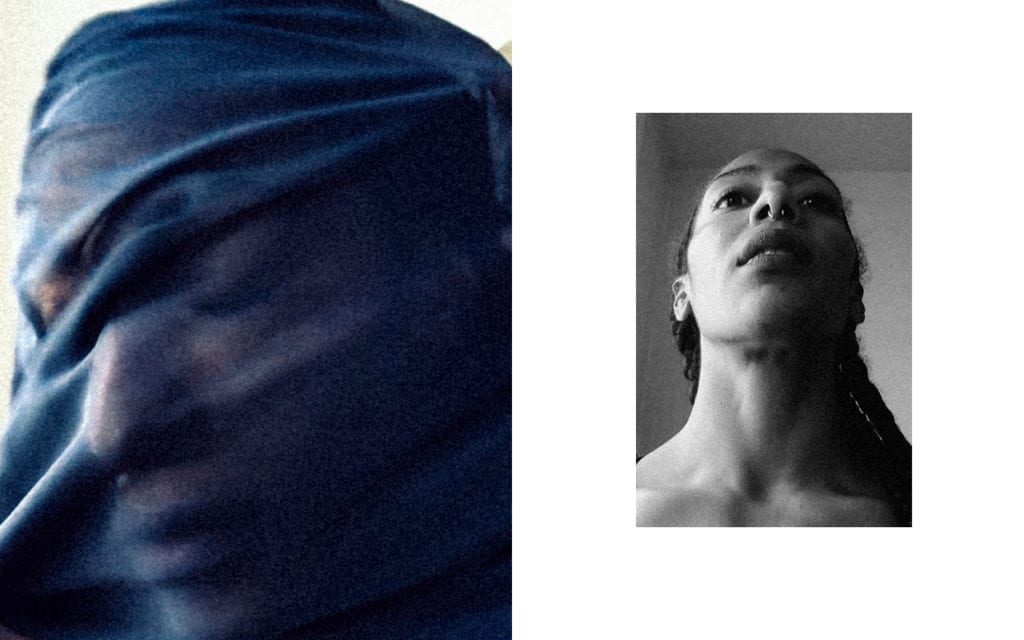
Louise Hagger
Food photographer Louise Hagger’s client list includes the likes of Vogue, Harrods, Just Eat, the Guardian and the New York Times.
While unable to travel or shoot with a full crew, Hagger points to the world of possibilities available with remote collaboration. She’s managed to publish two lockdown zines with teams in other countries in the past year: Barter, Baby with New York-based food stylist Victoria Granof (which went on to be bought and stocked by vendors including Mag Culture and Archestratus Books + Food) and EAT BITTER with Portland-based creative director Lydia Pang.
She’s also filled downtime by mentoring — on the Association of Photographers’ BAME scheme and to students who have reached out to her directly — as well as being mentored, both via Laura Pannack’s In Progress and with art director Gem Fletcher. “Having one-on-one sessions with incredibly experienced creatives has been invaluable this year,” she says. “A positive from lockdowns has been that people have been more available.”
In January, Hagger sent out around 300 copies of a printed promotional food annual, A Year in Food — which showcased her collaborations and commissions throughout the previous year — to clients, brands and agencies, with a handwritten note and sticker of her favourite images, alongside a digital version as part of an e-newsletter.
“Overall, the enforced pause gave me time to think and reflect on my work,” she says. “It’s helped me to connect more with my creative community, refine my portfolio and develop how I present my work: storytelling through food.”
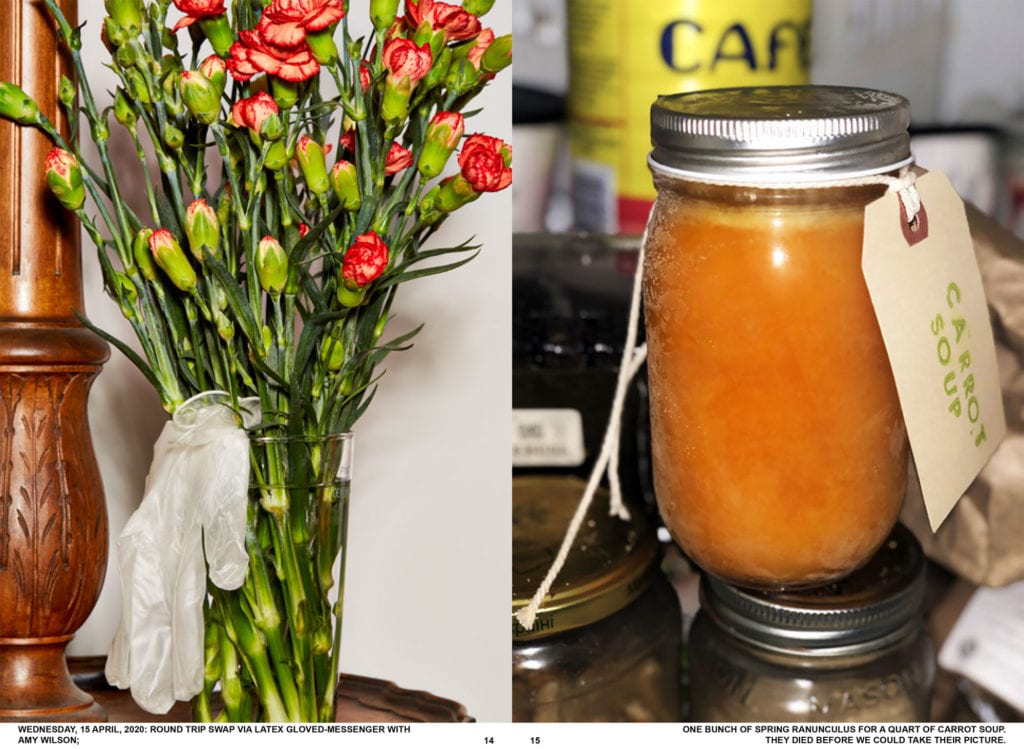
Jacq Harriet
Jacq Harriet’s signature colourful compositions span client work including Nike, ASOS, H&M, Allure and the New York Times.
She’s been using extra downtime as of late to set up meet-and-greets via Zoom or outdoor coffee walks with stylists and art directors whose work she’s long admired. “It’s been great to start those conversations in more exploratory terms, and not so project focused,” she says. “I’ve enjoyed getting to hear how they enjoy working in an ideal world, as opposed to centering conversations purely on singular projects.”
Harriet has also been reflecting on her archives to determine what kind of projects have proved the most fulfilling; envisioning the circumstances as a kind of reset, where she can take forward the work she’s most passionate about, and leave behind the “types of projects that give me the most stress and often the least gain.”
To hit the ground running as the industry relaunches, Harriet highlights the importance of making personal work that speaks to the kind of commissions you want to land — so that your portfolio is ready to go, and carefully angled to attract the right assignments. “Generally, I think one of the most crucial steps [of a commercial career] is to make sure you allocate energy into a personal project or editorial of your own accord at least once every six months, because it shapes the commercial offers you get,” she says. Now more than ever, of course, “making personal work can be really financially strapping,” she adds. “So throughout the year, with that in mind, I always try to isolate and assign some income from smaller jobs towards fueling those creative projects later down the line.”
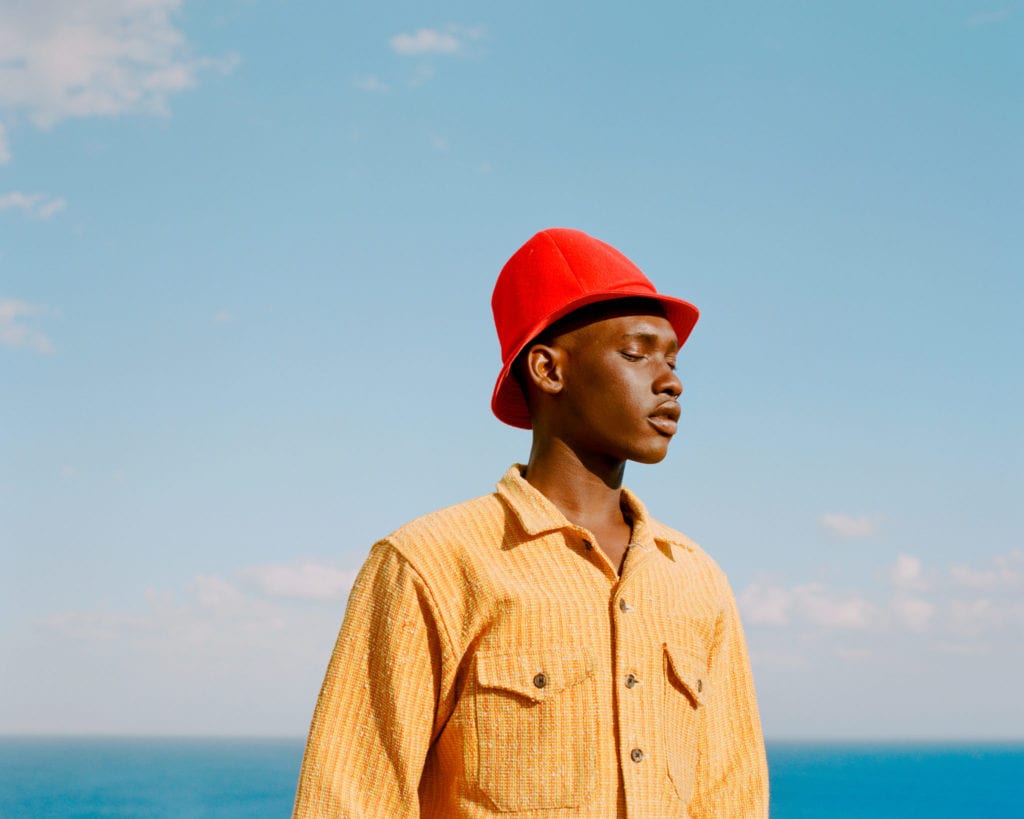
Holly McGlynn
London-based fashion photographer Holly McGlynn’s clients include Chanel, Levi’s, Playboy, Tiffany and Mulberry.
With so much going on in the world, McGlynn stresses the importance of allowing ourselves to rest, and seeing that our worth and value expands beyond our careers: “I think the greatest lesson, and comfort, this collective pause has taught me is the joy of taking the pressure off myself,” she says.
A passionate environmentalist, McGlynn has finally been able to complete a six-week course in fashion and sustainability. “This is something I never would have believed I had time for previously,” she says, “and now climate activism is something I want to weave into all my work.” She’s also offered portfolio reviews for emerging photographers, alongside getting stuck into educational events through Zoom panels.
“Overall, I’ve used the time to think long and hard about the photographer I want to be, and the contribution I want to make to the world,” she says. “For that, I’m really grateful.”
